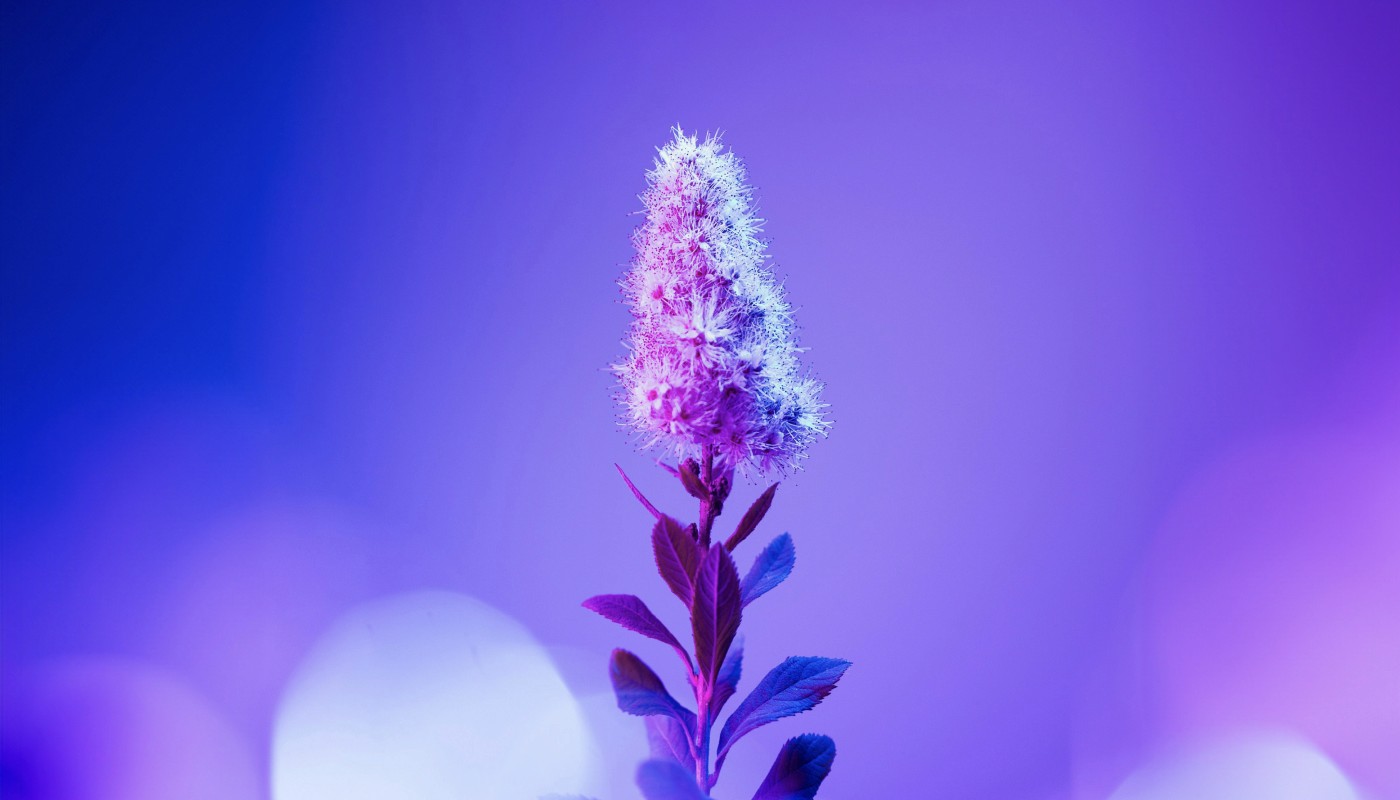Nov 11, 2025
AI Ad Creative Generation: Scale Testing Without Creative Fatigue
AI Ad Creative Generation: Scale Testing Without Creative Fatigue
TL;DR: Ad creative fatigue kills campaign performance faster than budget mismanagement. AI ad generation systems produce dozens of fresh variations in days, not weeks. You get faster testing cycles, lower acquisition costs, and campaigns that scale without creative bottlenecks.
1) The creative fatigue problem costing you conversions
Every e-commerce marketer faces this cycle. You launch a campaign with strong creatives. CTR starts at 2.8%. Within two weeks, it drops to 1.4%. Your cost per acquisition (CPA) doubles.
The diagnosis is simple: creative fatigue. Your audience has seen the same message too many times. The solution should be simple too: launch fresh creatives.
But it isn't simple. Your creative team needs two weeks to produce new assets. By the time they deliver, performance has tanked. You're spending more to acquire fewer customers. Testing slows to a crawl because you can't keep up with demand for new variations.
This bottleneck doesn't just hurt one campaign. It limits your entire growth strategy. You can't scale winners because you can't refresh creatives fast enough. You can't test new angles because production capacity is maxed out.
2) How AI ad generation systems actually work
An AI ad generation system solves the production bottleneck. It produces fresh ad copy, headlines, and creative concepts on demand. You get multiple variations adapted to your audiences and mapped into test-ready combinations.
Instead of waiting weeks for new assets, you launch and refresh creatives in days. The system doesn't replace your creative team. It multiplies their output by handling high-volume variation work.
Here's how the process flows in practice:
Step one: Define your angles. You provide your USP, audience profiles, and brand guidelines. Include 2-3 examples of your best-performing ads. This gives AI the context to generate on-brand variations.
Step two: Generate ad variations. AI produces 20-30 headlines, 10-15 primary text options, and 5-8 creative concepts. Each variation tests a different hook, benefit, or emotional angle. You review and select the strongest options in 30-60 minutes.
Step three: Build a testing matrix. Multiple copy and visual combinations are mapped for quick experiments. A simple matrix might test 5 headlines × 3 images × 2 CTAs = 30 unique ads. You prioritize based on past performance data.
Step four: Launch and learn. Assets deploy to your ad platform. You track CTR, CPA, and conversion rate for each combination. Winners emerge within 7-10 days. Losers are paused fast.
Step five: Refresh continuously. As CTR drops or fatigue sets in, AI recommends new variations. You maintain a pipeline of fresh assets without manual creative briefs or long production cycles.
3) What you get from this system in your hands
The output is tangible and immediately useful:
- Dozens of fresh ad headlines and copy variations. Each aligned to your brand voice and adapted to specific audience segments. You choose what to test instead of waiting for creative team availability.
- Creative concepts adapted to your target audiences. AI suggests angles like social proof for skeptics, urgency for deal-seekers, or lifestyle benefits for aspirational buyers. You match the message to the mindset.
- A structured testing matrix for faster experiments. Clear combinations mapped out so you know exactly what to launch. No more guessing which elements to test first.
- A living library of winning angles to reuse and scale. Every test builds your knowledge base. Winning hooks, phrases, and concepts get documented for future campaigns. Your creative strategy compounds over time.
This isn't just faster production. It's strategic creative capacity. You can test more, learn faster, and scale winners without creative team burnout.
4) The measurable results you should expect
AI ad generation delivers four key performance improvements:
Higher engagement rates. CTR increases when audiences see new hooks and fresh angles. Teams typically measure 15-30% CTR improvements versus fatigued creatives. The lift appears within days of launching new variations.
Lower acquisition costs. CPA drops as you find winners faster and pause losers earlier. In the baseline, a fashion brand spent €45 CPA with stale creatives. After three weeks with AI-generated variations, CPA dropped to €28 (38% improvement). The quality of conversions stayed consistent.
Faster testing cycles. Track time-to-launch from brief to live asset. Manual processes take 10-15 business days. AI-assisted workflows compress this to 2-3 days. You run 3-4x more tests per quarter without hiring more people.
Longer campaign life. Creative half-life improves with regular refreshes. Half-life measures how long CTR stays above 50% of launch performance. Manual workflows see 12-14 day half-life. AI-refreshed campaigns maintain 25-30 day half-life because you catch fatigue early.
Measure these four metrics monthly. Compare before-AI baselines to after-AI performance. Track not just the numbers but the team hours saved and tests completed.
5) What it takes to make the system work
This system isn't plug-and-play magic. It requires three foundational elements:
Clear audience profiles and USPs. AI generates better output when you define who you're talking to and what makes you different. Document 3-5 audience segments with pain points, desires, and language preferences. Write your USP in one sentence. This context guides every variation.
Brand voice guidelines and examples. AI needs to know your tone, style, and boundaries. Create a one-page guide with do's and don'ts. Include 5-10 examples of approved copy. This prevents off-brand output and reduces review time.
A testing framework that prioritizes speed. You need clear rules for launching, measuring, and deciding. Set minimum sample sizes (usually 1,000-2,000 impressions per variation). Define win thresholds (CTR lift >20%, CPA drop >15%). Automate pause rules for losers.
Someone who owns the creative pipeline. Assign one person to run AI generation, review output, and manage testing. This role takes 3-5 hours per week once the system is running. Without ownership, variations pile up and testing stalls.
Most teams set this up in 2-3 weeks. Week one: document audiences and USPs. Week two: test AI tools and build the first batch. Week three: launch tests and establish measurement routines.
6) How to start testing AI ad generation this week
You don't need enterprise tools or months of planning. Start with one campaign and one AI tool.
Day one: Pick your test campaign. Choose an active campaign with performance data. Ideal candidates have 10,000+ monthly impressions and stable (not broken) metrics. Avoid brand new campaigns where you can't measure lift.
Day two: Document your inputs. Write down your audience, USP, and 3-5 winning ad examples. Create a simple brand voice guide (formal/casual, benefits/features, humor/serious). Spend 60-90 minutes on this foundation.
Day three: Generate your first batch. Use ChatGPT, Claude, or a specialized tool like Jasper or Copy.ai. Input your context and request 20 headline variations and 10 primary text options. Review, edit, and select the top 10 headlines and 5 text blocks.
Day four: Build your testing matrix. Map 10 headlines × 3 existing images × 2 CTAs = 60 potential combinations. Prioritize the top 15-20 based on variation in hook and angle. Set up ads in your platform (Meta, Google, TikTok).
Day five: Launch and set measurement. Go live with your variations. Set calendar reminders to check performance on day 3, day 7, and day 14. Document CTR, CPA, and conversion rate for each variation.
By end of week one, you have live tests running. By end of week two, you know which AI-generated variations outperform your manual creatives. By end of week four, you've built a repeatable process.
7) Real example: How one brand cut CPA 38% in three weeks
A mid-size fashion e-commerce brand faced rising acquisition costs. Their creative team produced 2-3 new ad sets per month. CTR degraded 40-50% within two weeks of launch. CPA climbed from €35 to €58 over six months.
They implemented an AI ad generation system in September 2024. Here's what happened:
Week one: They documented three audience segments (trend-followers, deal-seekers, quality-focused buyers) and their USP (sustainable materials at mainstream prices). They used ChatGPT to generate 25 headlines and 12 primary text variations.
Week two: They built a testing matrix with 18 ad combinations. They launched tests on Meta with a €500 daily budget split across variations. By day five, three headlines showed 42% higher CTR than existing ads.
Week three: They paused low performers and scaled the three winners. CPA dropped from €45 to €28 for their core product line. Conversion rate held steady at 3.2%.
Week four and beyond: They established a bi-weekly refresh cycle. Every two weeks, they generate 10-15 new variations and test the top five. Creative fatigue decreased. Campaign half-life extended from 13 days to 28 days.
The brand saved 8-10 hours per week in creative brief and revision cycles. Their creative team now focuses on concept development and visual production while AI handles variation work.
8) The one mistake that kills AI ad generation results
The biggest mistake is treating AI output as final copy. AI generates starting points, not finished products. If you copy-paste without review, you get generic, off-brand, or occasionally incorrect content.
The fix is simple: establish a quality checklist. Before any AI-generated ad goes live, verify:
- Brand voice alignment: Does this sound like us? Would we say this in a customer conversation?
- Claim accuracy: Are all product benefits and features correct? No exaggerations or unsupported claims?
- Audience relevance: Does this speak to the specific pain point or desire of the target segment?
- Differentiation clarity: Is our USP clear? Does this explain why we're different from competitors?
- Call-to-action strength: Is the CTA specific and compelling? Does it match the landing page?
This review takes 10-15 minutes for a batch of 20 variations. It's the difference between AI that multiplies your team and AI that creates more work.
Assign review ownership to someone who knows your brand deeply. Use the first 5-10 batches to train AI with feedback. Mark winning phrases and losing patterns. Over time, AI learns your preferences and output quality improves.
Start generating fresh ad variations today: Use one of the prompts from this guide to create your first batch of AI-powered ad copy. You'll have test-ready variations within 60 minutes and performance data within seven days.
Ready to build a complete AI ad generation system for your team? We help e-commerce marketing teams set up practical AI workflows that deliver measurable ROI in weeks, not months. Book a free 30-minute consultation to map your fastest path from creative bottleneck to scalable testing system.
Answers to your questions
This article was drafted with AI assistance and edited by a human.



